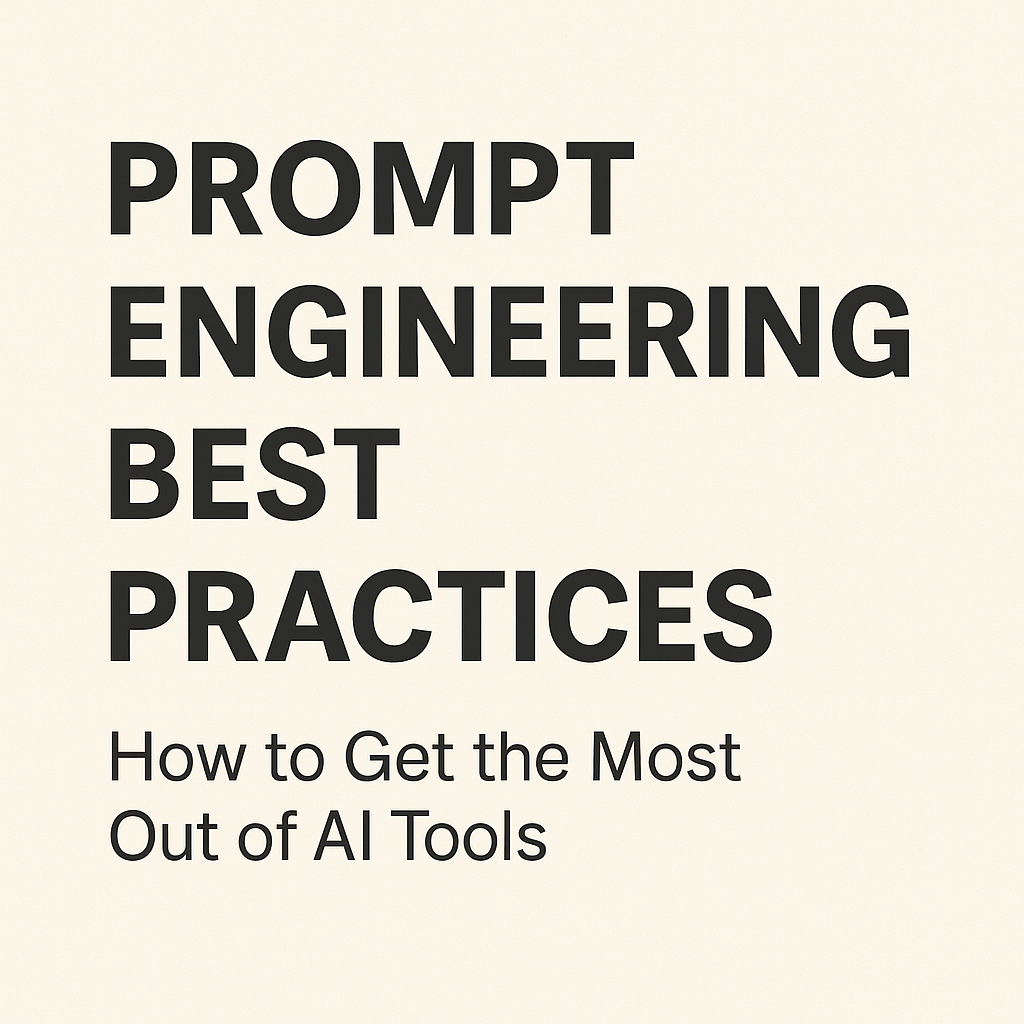Below is a list of use cases for each key capability of the Google Cloud Natural Language API, providing a solid sense of how it can be applied across different industries and problem domains.
1. Entity Recognition
What it does: Identifies and classifies named entities in text (e.g., people, organizations, places).
Use Cases:
- Customer support systems: Extract product names or issue types to route tickets.
- News and media analytics: Identify key people, places, and companies mentioned in articles.
- CRM enrichment: Automatically extract and update contact/company details from emails and notes.
- Legal document processing: Identify parties, jurisdictions, and case-related entities in contracts or case files.
- Academic research tools: Extract researcher names, institutions, and topics from papers.
- Healthcare: Extract drug names, medical conditions, and treatments from clinical notes.
- Recruitment tech: Extract names, skills, and companies from resumes and cover letters.
- Event detection systems: Detect people, places, and events mentioned in live news feeds or social media.
- Insurance claims: Extract names, dates, and places from claim descriptions.
2. Sentiment Analysis
What it does: It detects the emotional tone of the text (positive, negative, neutral) and the intensity (magnitude).
Use Cases:
- Customer feedback analysis: Understand overall satisfaction from surveys, reviews, or emails.
- Brand monitoring: Analyze social media posts or blogs for brand sentiment.
- Product development: Prioritize features or fixes based on user sentiment in feedback.
- Public relations: Track sentiment trends around events, campaigns, or PR crises.
- Employee engagement: Analyze internal surveys or feedback for morale tracking.
- Market research: Gauge sentiment in product discussions across forums or review sites.
- Chatbots/virtual assistants: Adjust tone or escalate based on user sentiment.
- Finance: Sentiment scoring of financial news or earnings calls to inform investment models.
- Education: Detect student sentiment in course evaluations or feedback forms.
3. Syntax Analysis
What it does: Provides token-level linguistic analysis, including parts of speech, lemmas, and grammatical structure.
Use Cases:
- Grammar correction tools: Identify sentence structure and grammatical errors.
- Language learning apps: Provide syntax feedback to language learners.
- Search engines: Improve search understanding by parsing queries.
- Voice assistants: Parse spoken or typed commands into meaningful actions.
- Writing assistants: Offer advanced sentence rephrasing or style suggestions.
- Chatbots: Understand sentence structure for better intent classification.
- Legal/paralegal software: Break down clauses and detect legal structures.
- Content summarization: Assist in identifying core clauses for summarizing.
- Text-to-code tools: Analyze sentence structure to aid in converting natural language to code.
4. Content Classification
What it does: Categorizes blocks of text into predefined categories (e.g., News, Health, Technology, etc.).
Use Cases:
- News aggregators: Automatically categorize articles into relevant topics.
- Content moderation: Flag content that falls under unwanted or sensitive categories.
- Enterprise document management: Classify and tag documents for easier indexing and search.
- Customer service routing: Classify emails or messages to the correct department.
- Ad targeting: Classify web pages to match them with relevant advertisements.
- Content recommendation engines: Tag and suggest similar content based on topic.
- Knowledge base organization: Automatically categorize FAQs or support articles.
- SEO optimization tools: Suggest category tags for content to enhance search visibility.
- Marketplaces: Categorize product descriptions to improve search and filtering.
5. Entity Sentiment Analysis
What it does: Analyzes sentiment about specific entities mentioned in text.
Use Cases:
- Brand perception tools: Understand how people feel about specific brands in text.
- Product feedback parsing: Identify how individual products or features are received in reviews.
- Competitor analysis: Analyze sentiment about competing products/companies in forums or articles.
- Customer service: Detect negative sentiment toward certain agents, services, or policies.
- Investor intelligence: Understand market sentiment toward a company in earnings call transcripts or news.
- Public opinion tracking: Gauge sentiment toward public figures, politicians, or campaigns.
- Retail: Extract opinions on specific product attributes (e.g., “battery life” in tech reviews).
- Travel industry: Analyze how guests feel about different hotel services (e.g., “room cleanliness” vs. “check-in process”).
- Entertainment: Determine public reaction to different actors or elements in media reviews.
6. Multi-language Support
What it does: Processes text in multiple languages, depending on feature support.
Use Cases:
- Global customer feedback: Analyze sentiment from users in various countries.
- International PR monitoring: Track brand sentiment across languages and regions.
- Multilingual chatbots: Support syntax and sentiment understanding for global users.
- Localization QA: Compare sentiment and classification across localized versions of content.
- Education tools: Help language learners by analyzing syntax and grammar in their target language.
- Global news analysis: Extract entities and themes across news in various languages.
- Multilingual e-commerce: Analyze product reviews in multiple languages for insights.
Summary Table
| Capability | Key Use Cases |
|---|---|
| Entity Recognition | Legal, CRM, Research, Insurance, News, Health |
| Sentiment Analysis | Reviews, PR, Chatbots, HR, Finance |
| Syntax Analysis | Grammar, Voice, Search, Chatbots |
| Content Classification | News, Ads, Docs, Moderation, SEO |
| Entity Sentiment | Brand, Product, Politics, Services |
| Multilingual NLP | Global Analysis, Localization, Education |










